
Explicit Information 2nd Grade Unit
Lessons
-
Repeat Lesson 1 with the other books in the “A True Book” series, such as:
-
Glaciers by Darlene Stille
-
Oceans by Darlene Stille
-
Mountains by Darlene Stille
-
Volcanoes by Paul Sipiera
-
Use a Venn diagram to chart the similarities and differences in landforms by listing facts learned from the read aloud sessions. (See Additional Activity A Worksheet in Teacher and Student Materials below.)
-
After reading a series of books on a related topic aloud, provide students with a list of facts from the books. Have students use the books’ text features to identify which book each fact is from.
-
Encourage listening comprehension by presenting questions to students about a story before reading the story aloud. As you read, have students write down the answers as they hear them.
-
Teach students how to use additional text features such as a glossary, index and visual aids.
-
When reading fiction books aloud for explicit information, have students answer 5W + H questions (Who, What, When, Where, Why, and How). They can chart their information in a graphic organizer. (See Additional Activity B Worksheet below.)
-
Guide students in using the question/answer sheet completed in Lesson 1 to develop a written report about their animal.
-
Create a class book with each student’s answer sheet and diagram about his/her animal. Present all the information learned about the animals to the class.
-
Students can keep lists of any new vocabulary words and their definitions that they learn from their animal reports.
-
Any social studies unit should incorporate practice with Explicit Information. For example, if the class is studying types of communities, have students generate characteristics of communities and research them in a variety of books. Students should indicate where they found the information.
- Fountas and Pinnell
- O
- Lexile
- 740L
- Fountas and Pinnell
- N
- Lexile
- 570L
- Fountas and Pinnell
- N
- Lexile
- 690L

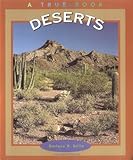
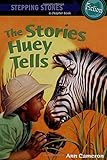



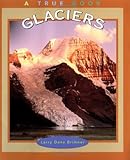
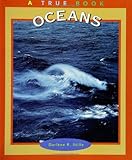
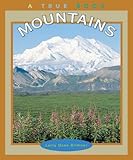
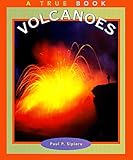

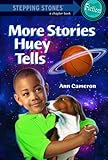
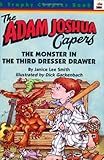










This is a great way to cover the objectives. Thanks.